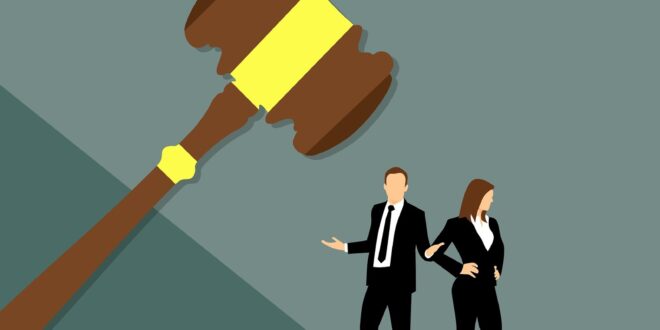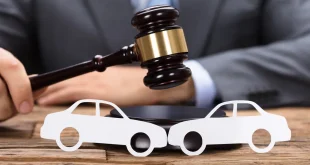What happens if you are involved in a car accident where you are not at fault? And what can do you do if you have a serious workplace accident?
If another person or business’ negligence has caused you physical or psychological harm, you have every right to pursue a personal injury lawsuit to demand the financial compensation you deserve.
However, consulting with Injury Lawyers to find out if you have a case is just the first step in what can be a confusing process.
Although every civil case is unique, the personal injury litigation process typically has common elements and similar steps. The process involves filing a complaint, the “discovery” phase, motions, the civic trial, the judgment, and finally, the appeal.
Here are the steps and landmarks you can expect to encounter in your personal injury case, laid out step by step.
Filling a Complaint
In personal injury lawsuits, the first official document filed is the “complaint.” Filing a complaint marks the start of the lawsuit.
Most states in America have more than three court systems that enable you to file a complaint, and you will usually need to pay a fee. The fee varies depending on which state you file your claim in, but it is typically between $30 and $300.
The official complaint document will typically include the details of all parties involved (the plaintiff and defendant), the legal claims, and the facts regarding the case.
At the end of the document, there is a section titled the “prayer for relief.” This is where the plaintiff details what they want the case’s outcome to be and what they want the court to decide.
However, the plaintiff can’t simply file a complaint without the defendant’s knowledge. The defendant must be notified of the plaintiff’s intention to sue via a written “summons.” In addition to being served to the defendant, the “summons” must also be filed with the court.
After the complaint and summons are filed, the defendant must respond by either denying or admitting the claim within a stipulated period of time. The defendant’s response is called the “answer.”
The “Discovery” Phase
When the summons, complaint, and answer have been filed, the defendant and the plaintiff will begin to collect evidence from one another. This is called the “discovery” phase.
Each party requests the information they want from each other by using interrogatories, requests for production, requests for admission, depositions, and a physical examination of the damaged party.
Motions
Before the trial starts, the involved parties may ask the court to act or rule by filing motions. “Dispositive motions” can result in the termination of the lawsuit, and “non-dispositive” motions are incidental questions.
The most common motions filed in personal injury lawsuits are motions for summary judgment, default judgment, change of venue, and motions to compel.
The Pre-Trial Negotiations
Generally, a lawyer will try to resolve cases before they go to trial. This is because litigation costs are high, the process can be lengthy, and there may be a psychological impact on all involved.
There are three main ways to resolve a case without taking it to court. They are settlements, mediation, and arbitration.
The Trial
If the case cannot be resolved by a settlement, mediation, or arbitration, the plaintiff may decide to take the case to trial.
In the trial, the judge or jury will examine the evidence and make a decision on whether the defendant needs to be held financially responsible for the harm to the plaintiff.
The trial usually has six primary phases: choosing the jury, the opening statements, the witness’ testimony and cross-examination, the closing arguments, the jury instruction, and the verdict.
If the judge or jury awards the plaintiff the damages, the defendant will be financially responsible for compensating the plaintiff. However, this doesn’t always go smoothly.
Collecting the Judgment
Unfortunately, the defendant doesn’t always obey the court order to compensate the plaintiff financially. If this occurs, additional steps are needed.
There are three steps the plaintiff usually takes: garnishing the defendant’s wages, placing a lien on the debtor’s property, or conducting a post-judgment discovery to discover the defendant’s assets and source of revenue.
Appeal
If the plaintiff or defendant does not agree with the trial’s outcome, the decision can be appealed. Both parties must submit a brief to the appellate court during an appeal. The appellate court will review the documentation and make a decision.
The appellate court’s decision will either find an error in the verdict or affirm it. If an error is found, a new trial may be needed, or the original judgment will be reversed.
 HammBurg Be informed with latest news, reviews, entertainment, lifestyle tips, and much more.
HammBurg Be informed with latest news, reviews, entertainment, lifestyle tips, and much more.




